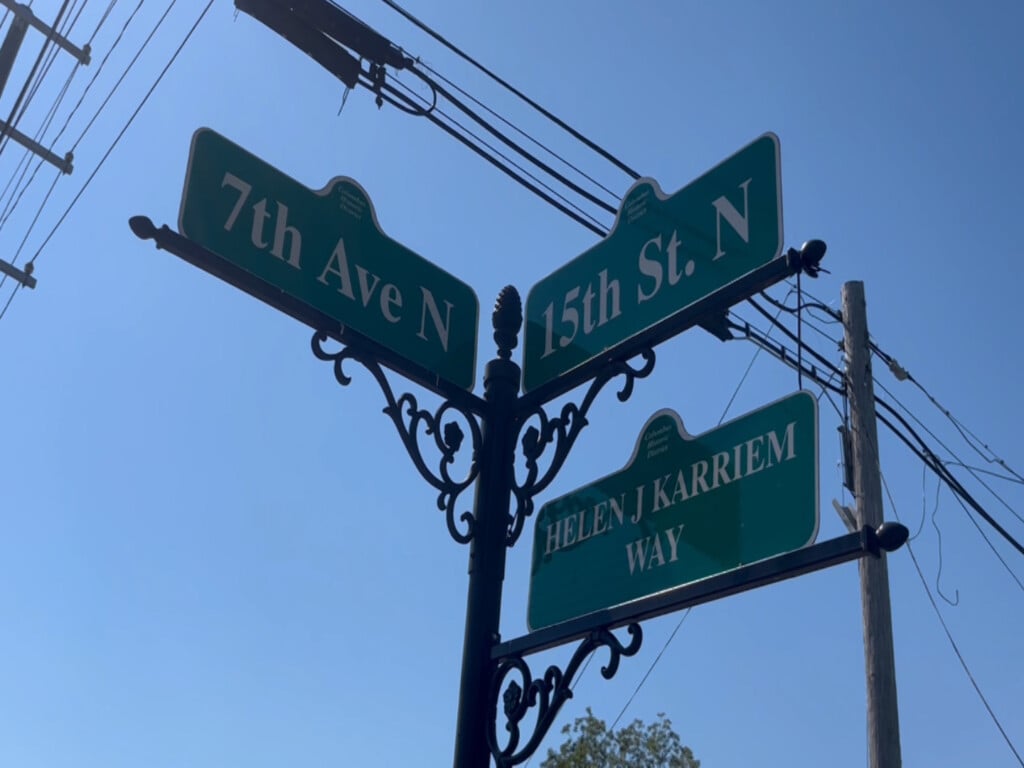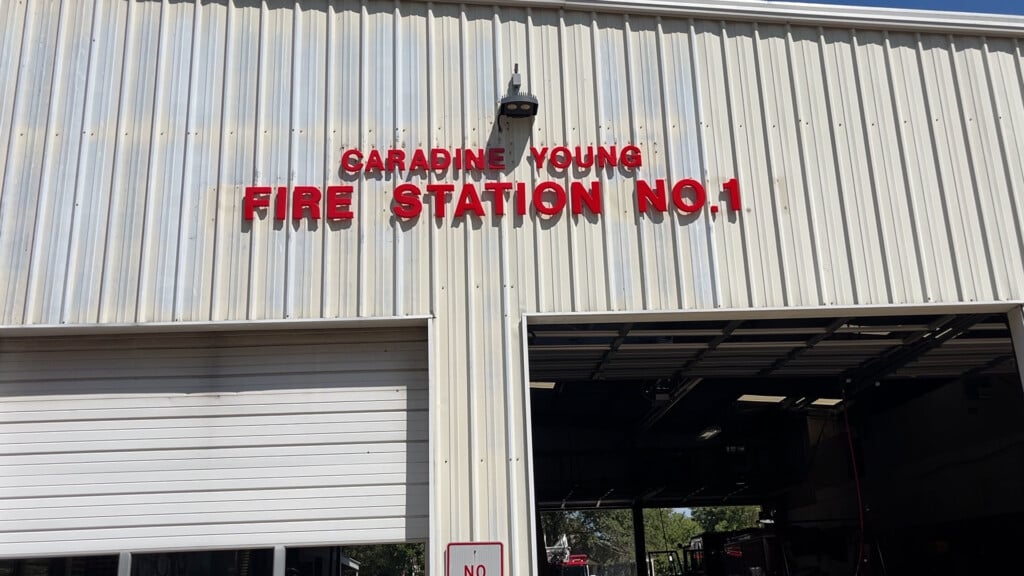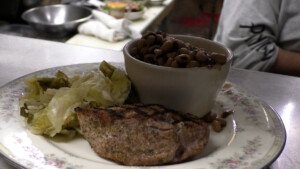Next To Nature (Wildflowers) – 11/16/2022
Winston Reed:
All right. Today we’re talking wildflowers. What are they? Why are they so unique and where do they occur? We have those answers today. I’m your host Winston Reed and this is your expert on just about everything, Dr. John Long. And this is Next to Nature.
All right. Before we get started on the wildflowers, you said that an area like this, this is what the dinosaur ages looked like.
Dr. John Long:
It did, saber-tooth tigers used to roam and stuff just like this right here.
Winston Reed:
There’s nothing right here now, right?
Dr. John Long:
I hope not.
Winston Reed:
Okay.
Dr. John Long:
I haven’t seen any.
Winston Reed:
All right. Well, speaking of the wildflowers, talk to me. Why are they so unique?
Dr. John Long:
So, I think one of the most wonderful things about wildflowers is that they occur without you having to plant them.
Winston Reed:
Oh, okay.
Dr. John Long:
People have flowers in their yard, and you can buy wildflowers to plant in your yard. But if you get out in nature, it’s already done for you. You don’t have to plant them, and you can enjoy them just by getting out and outside and seeing them. And this time of year, it’s a great time to do that.
Winston Reed:
And now, throughout the seasons, how does it change?
Dr. John Long:
So, wildflowers occur anywhere from about March to about now, October. It depends on the temperature. It depends on weather conditions. After a hard frost, you’re going to see the wildflowers this time of year start to dissipate. You’re not going to see as many as you would, unfortunately. But that’s a part of enjoying it too, I think is because you have to really appreciate them while they’re here.
Winston Reed:
Yeah. In season.
Dr. John Long:
In season, that’s right.
Winston Reed:
How many different types of wildflowers are there?
Dr. John Long:
A lot. If you want to know that answer, I suggest you go to the internet because you can find a lot of wildflowers officially in Mississippi.
Winston Reed:
Okay. In other words, Google it.
Dr. John Long:
Google it. Yeah. Hit the Google machine and you’ll find out for certain, but we have a lot. Even now after we’ve had this cold snap, there are several here that we can see today.
Winston Reed:
Talk to us about some of the flowers we are seeing right in front of us. I mean, we have some yellow flowers over here.
Dr. John Long:
Right.
Winston Reed:
I see a patch of white flowers over there. So, just talk about what they are.
Dr. John Long:
So, the yellow flowers you’re seeing here are, they’re called common sneeze weeds. The white ones are asters. There is golden rod back here behind us. And then a little bit further out is narrow leaf sunflowers.
Winston Reed:
Oh, wow.
Dr. John Long:
Yeah. So that’s just within where we’re standing here. So…
Winston Reed:
Is there any benefit to these flowers other than just being visually appealing?
Dr. John Long:
Well, obviously, bees and other things can use it to gather… to help their hives.
Winston Reed:
Similar traits to your normal flower, that’s your plant at home.
Dr. John Long:
Sure. Sure. Sure. Other benefits, I think more so as to the public to be able to enjoy.
Winston Reed:
Of course.
Dr. John Long:
But of course, they provide food and other things for other animals.
Winston Reed:
Well, I can’t wait to check this place out in the summertime. We are currently in mid-October, so when the summertime rolls around, I can’t wait to check it out.
Dr. John Long:
Absolutely. And come back in about September, August, and September, and you’ll see some of these fall flowers as well in a much more diverse area.
Winston Reed:
All right. Well, thanks for watching. That’s our time. This is Next to Nature. We will see you next time.
For 24/7 news and updates, follow us on Facebook and Twitter




